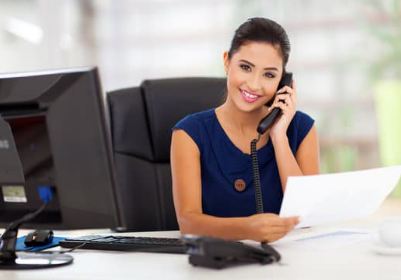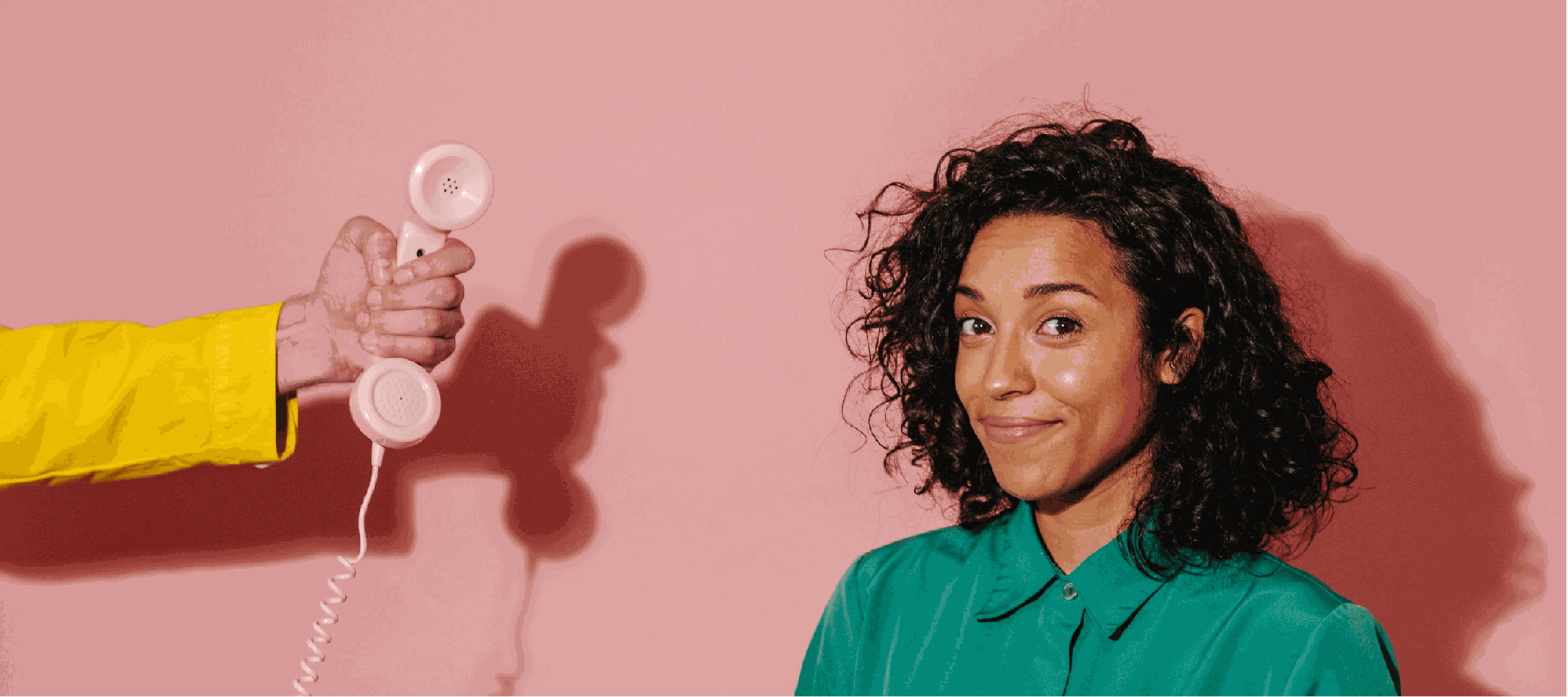All Categories
Featured
Table of Contents
- – What Is The Best Answering Service Jobs In All ...
- – What Is The Best 10 Signs Your Business Needs ...
- – Which Is Best Virtual Receptionist (Live Phone...
- – How Much Does Virtual Assistant Call Answerin...
- – Best Telephone Answering Service Sydney - Vir...
- – Top How Does An Answering Service Work?
What Is The Best Answering Service Jobs In All Australia App?
This device and its successors were created by Sava Jacobson, an electrical engineer with a private consulting organization. While early answering machines used magnetic tape technology, most modern devices utilizes strong state memory storage; some gadgets utilize a mix of both, with a solid-state circuit for the outbound message and a cassette for the inbound messages.
"toll saving" below) (answer phone service). This works if the owner is evaluating calls and does not wish to talk to all callers. In any case after going, the calling party needs to be informed about the call having actually been responded to (for the most part this starts the charging), either by some remark of the operator, or by some greeting message of the TAD, or addressed to non-human callers (e.
This holds particularly for the Littles with digitally saved welcoming messages or for earlier devices (prior to the increase of microcassettes) with a special unlimited loop tape, different from a 2nd cassette, dedicated to recording. There have been answer-only gadgets without any recording capabilities, where the welcoming message needed to notify callers of a state of present unattainability, or e (virtual telephone answering service).
What Is The Best 10 Signs Your Business Needs A Telephone Answering Service Deal

about schedule hours. In tape-recording Little bits the welcoming normally includes an invitation to leave a message "after the beep". An answering machine that utilizes a microcassette to record messages On a dual-cassette answerphone, there is an outgoing cassette, which after the specified variety of rings plays a pre-recorded message to the caller.

Single-cassette voice mail consist of the outgoing message at the beginning of the tape and incoming messages on the staying space. They initially play the announcement, then fast-forward to the next offered space for recording, then tape-record the caller's message. If there are many previous messages, fast-forwarding through them can cause a significant delay.
This beep is typically referred to in the welcoming message, requesting that the caller leave a message "after the beep". Littles with digital storage for the taped messages do disappoint this hold-up, obviously. A little may use a remote control facility, whereby the answerphone owner can sound the house number and, by entering a code on the remote telephone's keypad, can listen to taped messages, or erase them, even when far from house.
Which Is Best Virtual Receptionist (Live Phone Answering Service) Lg Or Whirlpool

Consequently the machine increases the number of rings after which it addresses the call (typically by 2, resulting in four rings), if no unread messages are currently saved, but answers after the set variety of rings (typically 2) if there are unread messages. This permits the owner to discover whether there are messages waiting; if there are none, the owner can hang up the phone on the, e.
Some machines also allow themselves to be from another location activated, if they have actually been turned off, by calling and letting the phone ring a certain a great deal of times (typically 10-15). Some service providers abandon calls currently after a smaller sized number of rings, making remote activation difficult. In the early days of Little bits a special transmitter for DTMF tones (dual-tone multi-frequency signalling) was regionally required for remote control, since the previously used pulse dialling is not apt to communicate appropriate signalling along an active connection, and the dual-tone multi-frequency signalling was executed step-by-step.
Any incoming call is not recognizable with regard to these properties in advance of going "off hook" by the terminal equipment. So after going off hook the calls need to be changed to appropriate devices and only the voice-type is right away accessible to a human, however maybe, however ought to be routed to a LITTLE (e.
How Much Does Virtual Assistant Call Answering Service Service Cost?
What if I told you that you do not have to in fact choose up your device when answering a consumer call? Another person will. So practical, right? Answering call does not require someone to be on the other end of the line. Effective automated phone systems can do the technique simply as efficiently as a live agent and sometimes even much better.
An automatic answering service or interactive voice reaction system is a phone system that communicates with callers without a live individual on the line - virtual answering service. When business use this technology, consumers can get the answer to a concern about your company merely by utilizing interactions established on a pre-programmed call circulation.
Although live operators update the customer care experience, many calls do not require human interaction. A simple recorded message or directions on how a client can recover a piece of details usually resolves a caller's instant need - telephone answering service. Automated answering services are a simple and effective way to direct incoming calls to the ideal person.
Best Telephone Answering Service Sydney - Virtual Office Sydney Prices Near Me
Notification that when you call a business, either for assistance or product query, the very first thing you will hear is a pre-recorded voice greeting and a series of alternatives like press 1 for client service, press 2 for queries, and so on. The pre-recorded alternatives branch off to other options depending upon the client's selection.
The phone tree system assists direct callers to the right person or department utilizing the keypad on a mobile phone. In some instances, callers can utilize their voices. It deserves keeping in mind that auto-attendant options aren't limited to the 10 numbers on a phone's keypad. When the caller has actually picked their very first alternative, you can develop a multi-level auto-attendant that uses sub-menus to direct the caller to the ideal sort of support.
The caller does not need to interact with a person if the auto-attendant phone system can manage their issue. The automatic service can route callers to an employee if they reach a "dead end" and require support from a live agent. It is expensive to work with an operator or executive assistant.
Top How Does An Answering Service Work?
Automated answering services, on the other hand, are significantly less pricey and offer substantial cost savings at an average of $200-$420/month. Even if you don't have actually committed personnel to handle call routing and management, an automatic answering service improves productivity by permitting your group to focus on their strengths so they can more effectively spend their time on the phone.
A sales lead routed to customer support is a lost shot. If a client who has item concerns reaches the incorrect department or gets insufficient answers from well-meaning workers who are less trained to handle a particular kind of concern, it can be a cause of aggravation and dissatisfaction. An automatic answering system can minimize the number of misrouted calls, thus helping your staff members make much better usage of their phone time while maximizing time in their calendar for other jobs.
With Automated Answering Systems, you can create a customized experience for both your staff and your callers. Make a recording of your primary welcoming, and merely upgrade it routinely to show what is going on in your organization. You can produce as many departments or menu choices as you want.
Table of Contents
- – What Is The Best Answering Service Jobs In All ...
- – What Is The Best 10 Signs Your Business Needs ...
- – Which Is Best Virtual Receptionist (Live Phone...
- – How Much Does Virtual Assistant Call Answerin...
- – Best Telephone Answering Service Sydney - Vir...
- – Top How Does An Answering Service Work?
Latest Posts
Dental Answering Service – Sunshine Coast
Cheap Live Answering Service Near Me – Darwin
Virtual Phone Answering Near Me – Australia
More
Latest Posts
Dental Answering Service – Sunshine Coast
Cheap Live Answering Service Near Me – Darwin
Virtual Phone Answering Near Me – Australia